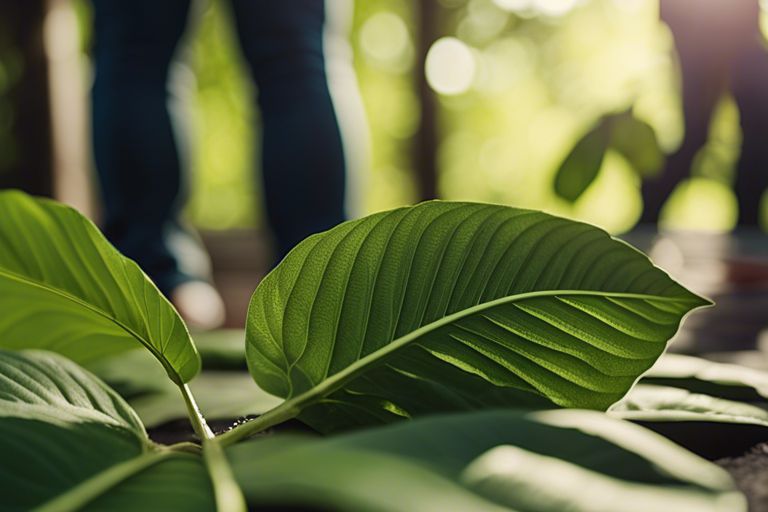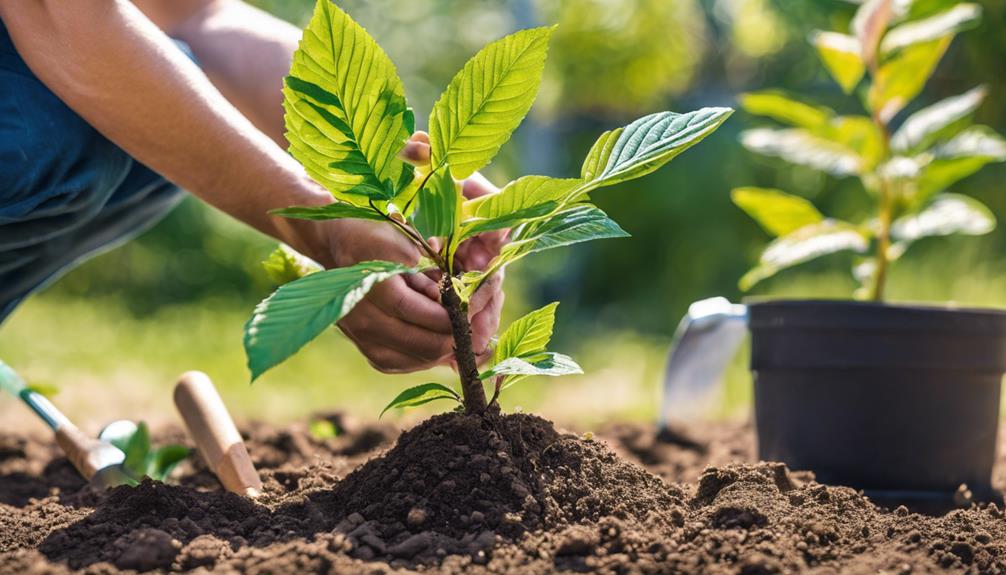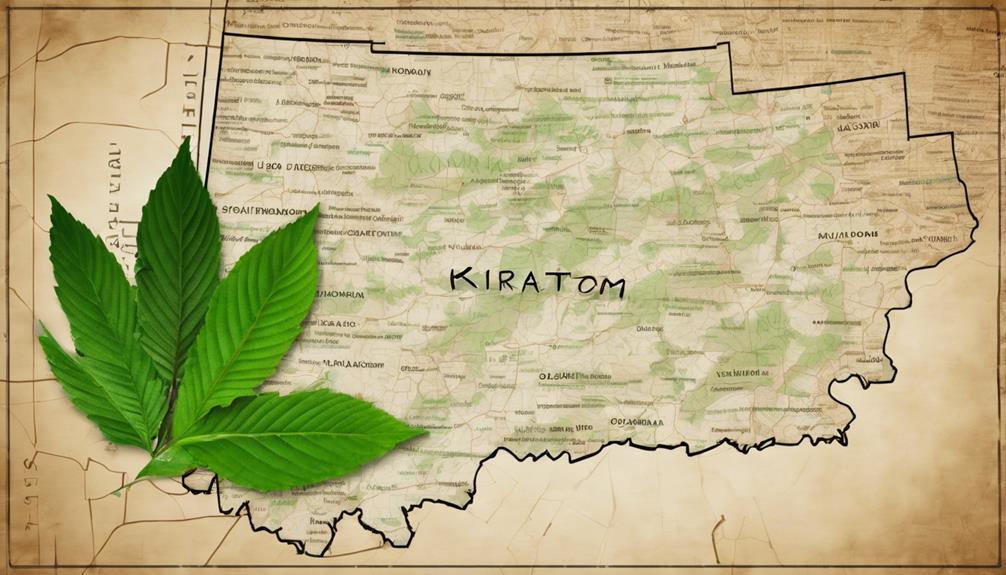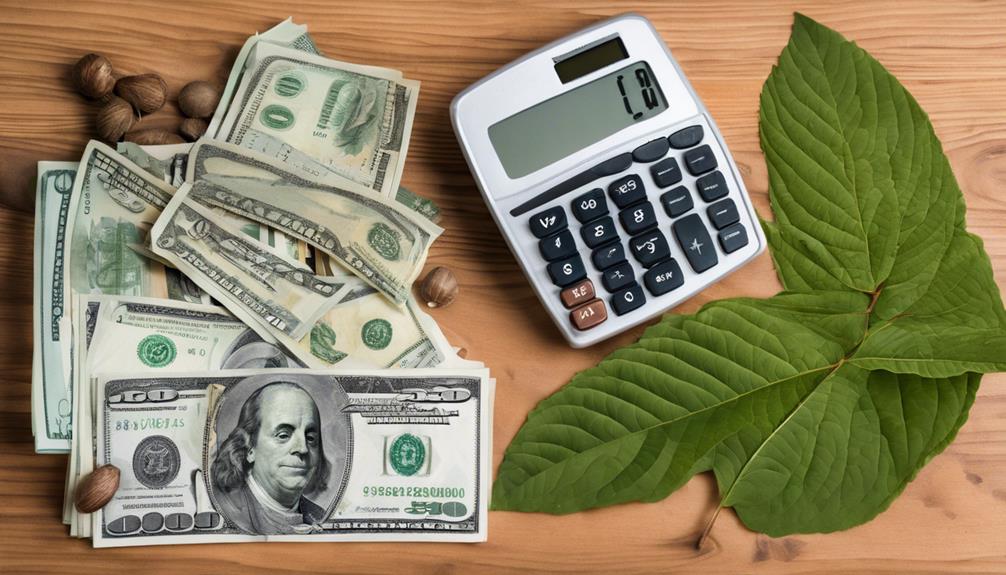There’s a growing interest in herbal remedies like kava and kratom, but are they truly alike? Delving into the differences and similarities between these two popular plants can shed light on their unique properties and potential benefits. Understanding the effects and safety considerations of kava versus kratom is necessary for anyone looking to explore natural alternatives for wellness. Let’s unravel the mystery behind these botanical wonders to decipher if they’re indeed the same or worlds apart.
Key Takeaways:
- Kava and kratom are not the same: While both kava and kratom are plants with mind-altering properties, they are distinct in their effects, origins, and chemical compositions.
- Kava is known for its calming effects: Kava is primarily used for its anxiolytic and sedative properties, often consumed in social settings for relaxation.
- Kratom, on the other hand, is commonly used for its stimulating effects: Kratom is sought after for its energizing and mood-enhancing properties and may serve as a natural alternative for pain management.
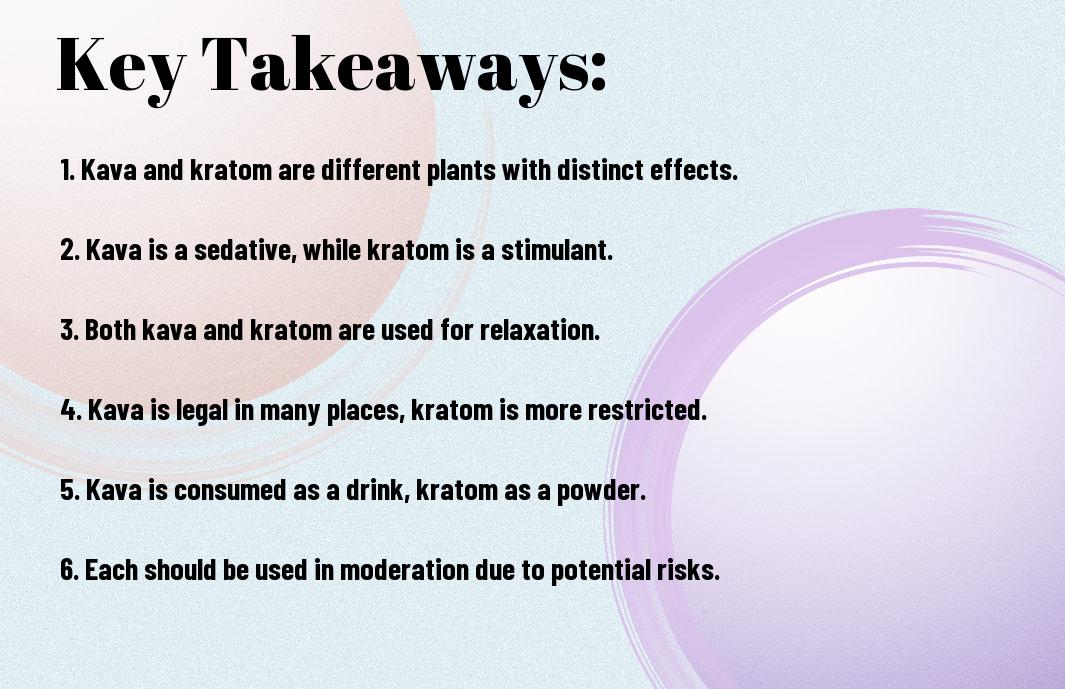
Origins and History
Kava’s Ancient Roots
With a history that dates back thousands of years, kava has deep roots in the South Pacific. The plant, also known as Piper methysticum, has been cultivated and cherished by communities in places like Fiji, Vanuatu, and Tonga for its soothing and relaxing properties. Traditionally consumed in ceremonies and social gatherings, kava has played a significant role in the cultural fabric of these island nations.
Kratom’s Southeast Asian Heritage
Any discussion about kratom must acknowledge its origins in Southeast Asia, particularly in countries like Thailand, Malaysia, and Indonesia. The plant, scientifically known as Mitragyna speciosa, has been used for centuries by locals who have utilized its stimulating and pain-relieving effects. However, in recent years, kratom has gained popularity in the West, where it is sometimes used for recreational purposes.
Heritage: Kratom’s heritage is deeply intertwined with the native cultures of Southeast Asia, where it has been used for a variety of purposes, including traditional medicine and cultural rituals. While some praise its potential benefits, such as increased energy and pain relief, others raise concerns about its addictive properties and potential for abuse.
Chemical Composition
Some of the key differences between kava and kratom lie in their chemical composition. These plants contain unique compounds that contribute to their effects on the body.
Kava’s Kavalactones
With kava, the active compounds responsible for its calming effects are known as kavalactones. These compounds interact with the brain’s receptors, promoting relaxation and a sense of well-being. Kavalactones are considered to be non-addictive and do not cause the same sedative effects as prescription medications.
Kratom’s Alkaloids
For kratom, the primary active components are alkaloids, such as mitragynine and 7-hydroxymitragynine. These alkaloids bind to opioid receptors in the brain, leading to pain relief and euphoria. However, kratom’s alkaloids can also lead to dependency and withdrawal symptoms if misused.
More research is needed to fully understand the long-term effects of kratom’s alkaloids on the body and mind. Users should exercise caution and consult with healthcare professionals before using kratom for any purpose.
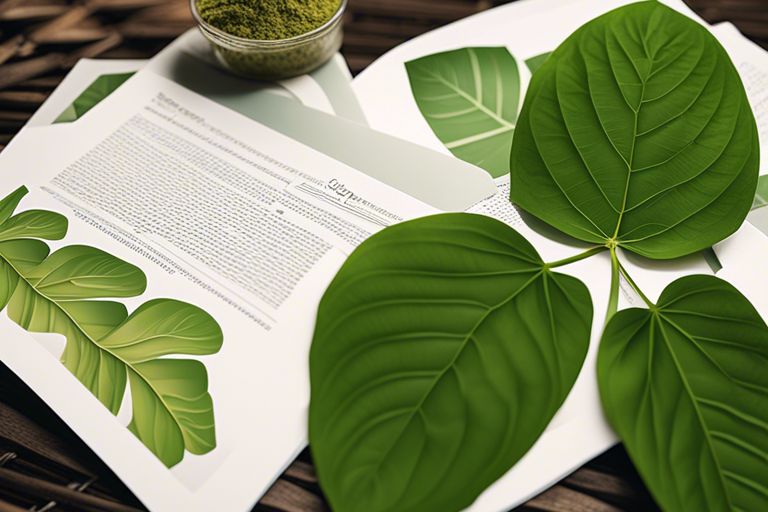
Effects on the Body
Kava’s Calming and Relaxing Properties
To understand the effects of kava on the body, one must probe into its calming and relaxing properties. Kava has been traditionally consumed in the South Pacific for its ability to reduce anxiety, induce a sense of relaxation, and promote social bonding. Kavalactones, the active compounds in kava, interact with the brain’s neurotransmitters to produce these soothing effects. Regular consumption of kava can lead to a mild numbing sensation in the mouth, followed by feelings of tranquility and well-being.
Kratom’s Stimulating and Pain-Relieving Effects
On the other hand, kratom is known for its stimulating and pain-relieving effects. Kratom interacts with opioid receptors in the brain to produce a range of effects, from increased energy and alertness to pain relief and euphoria. Some individuals use kratom as a natural alternative to manage chronic pain or boost focus and productivity.
For instance, certain strains of kratom such as Maeng Da are prized for their potent stimulating properties, making them popular among individuals seeking a natural energy boost. However, it is crucial to highlight that kratom also carries a risk of dependency and adverse effects if consumed in high doses or used irresponsibly.
Traditional Uses
Unlike their similarities in being used for their psychoactive effects, kava and kratom have distinct traditional uses in different cultures. Let’s explore how these plants have been integrated into the cultural traditions of Pacific Island societies and Thai and Malaysian communities.
Pacific Island Cultures
Pacific Island cultures, particularly in Fiji, Vanuatu, and Samoa, have a long history of using kava in rituals, ceremonies, and social gatherings. Kava, often referred to as ‘awa’ or ‘yaqona,’ holds significant cultural importance in these communities. It is consumed to promote relaxation, social bonding, and even spiritual connections. The traditional preparation and consumption of kava involve a ceremonial process that is deeply ingrained in these societies.
Island
Island communities in Thailand and Malaysia have been using kratom for centuries as a traditional medicine and stimulant. Kratom leaves contain alkaloids that can produce stimulant effects at low doses and sedative effects at higher doses. In these cultures, kratom has been traditionally used to boost energy levels, relieve pain, and increase productivity among laborers. Despite its historical significance in these regions, kratom’s legality and social acceptance have varied over time.
Uses:
The traditional uses of kava and kratom reveal the diverse ways in which these plants have been incorporated into cultural practices. While both plants have psychoactive properties, kava is more commonly associated with relaxation and social bonding, whereas kratom is known for its stimulating and pain-relieving effects. Understanding the traditional uses of kava and kratom provides valuable insights into the cultural significance and societal norms surrounding these plants.
Legal Status
All information regarding the legal status of kava and kratom are detailed in an informative article by Kratom vs Kava: The Similarities & Differences. This article investigates into the regulatory frameworks governing these two substances.
Kava’s Legal Framework
An overview of kava’s legal status reveals that it is legal in most countries, including the United States. While its consumption is regulated in some regions due to concerns about its potential health effects, kava is generally considered safe for use.
Kratom’s Controversial Legal Standing
Legal scrutiny surrounds kratom due to its controversial status in several countries. Some regions have banned or restricted the sale and consumption of kratom due to safety concerns or its potential for abuse. Advocates argue for its legalization based on its potential medicinal benefits, while opponents raise alarms about its addictive properties.
One of the most contentious points about kratom’s legality is its classification as a controlled substance in some jurisdictions, while in others, it remains legally accessible. The ongoing debate underscores the need for further research into kratom’s effects and regulation to ensure public safety.
Potential Risks and Side Effects
Despite Kava vs. Kratom being alternative remedies used for various purposes, they do come with their own set of potential risks and side effects that users should be aware of.
Kava’s Rare but Serious Side Effects
Effects of kava are generally mild and well-tolerated when taken in recommended doses. However, in some cases, serious side effects such as liver toxicity and skin scaling have been reported. These instances are rare but highlight the importance of using kava responsibly and under the guidance of a healthcare provider.
Kratom’s Dependence and Addiction Concerns
Effects of kratom can include dependence and addiction due to its opioid-like properties. The substance can lead to physical and psychological dependence, resulting in withdrawal symptoms when use is stopped. It is crucial for individuals using kratom to be aware of these risks and to use it cautiously to avoid potential addiction.
Summing up
To wrap up, kava and kratom are two distinct plants with different origins, effects, and uses. While both are consumed for their potential relaxing properties, kava is more commonly known for its calming effects and social significance in the Pacific Islands, while kratom is popular for its stimulating and pain-relieving properties. Understanding these differences is crucial for individuals interested in exploring natural remedies and herbal supplements.
Are the Effects of Kava Similar to Kratom?
The comprehensive kr8tom potential guide delves into the effects of Kava and Kratom. While both are natural remedies, the effects differ. Kava is known for its calming and anxiety-relieving properties, while Kratom is commonly used for pain management and energy-boosting effects. It’s important to understand their differences before use.
What is the Difference Between Kava and Kratom?
Kava and kratom are two different plants that have distinct effects on the body. Kava is known for its calming and relaxing properties, while kratom is often used for its stimulating and energizing effects. Factors influencing kratom prices include supply and demand, harvesting techniques, and quality of the product.
FAQ
Q: What is kava?
A: Kava is a plant native to the South Pacific islands that has been used for centuries in traditional ceremonies and for its calming effects.
Q: What is kratom?
A: Kratom is a tropical evergreen tree native to Southeast Asia, known for its stimulant and pain-relieving effects.
Q: How do kava and kratom differ in terms of effects?
A: Kava is primarily used for its calming and anxiolytic effects, while kratom is known for its stimulating and analgesic properties.
Q: Are kava and kratom legal substances?
A: The legal status of kava and kratom varies by country. Kava is legal in many places, while kratom is considered a controlled substance in some areas.
Q: Can kava and kratom be used together?
A: While some people may combine kava and kratom for their unique effects, caution should be exercised due to potential interactions and individual sensitivities.



